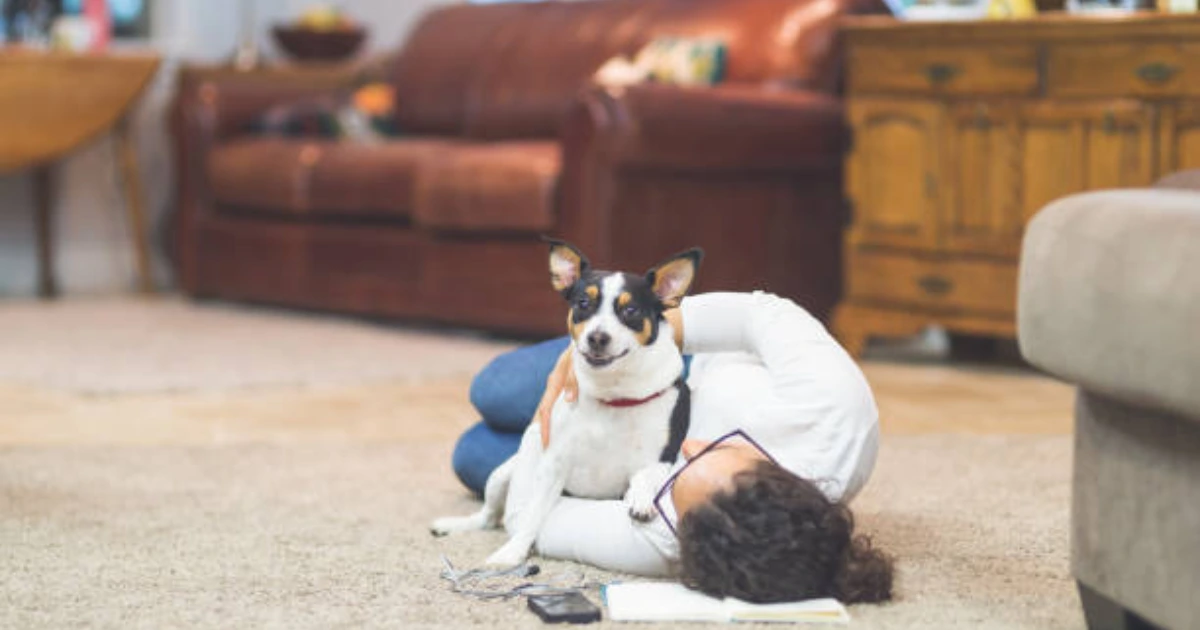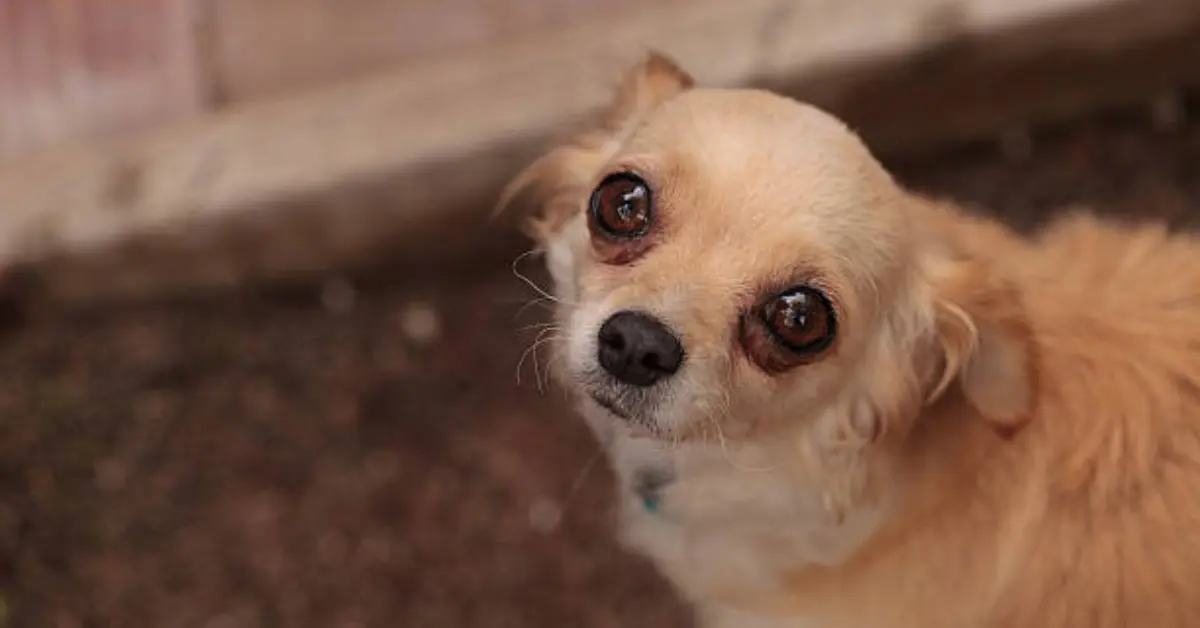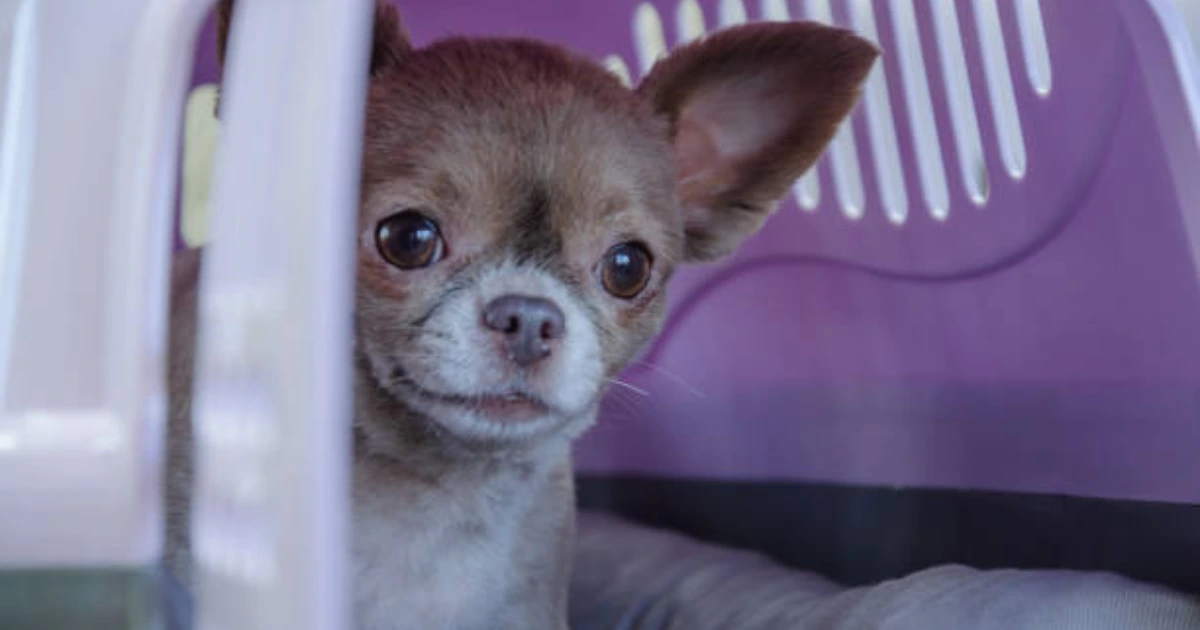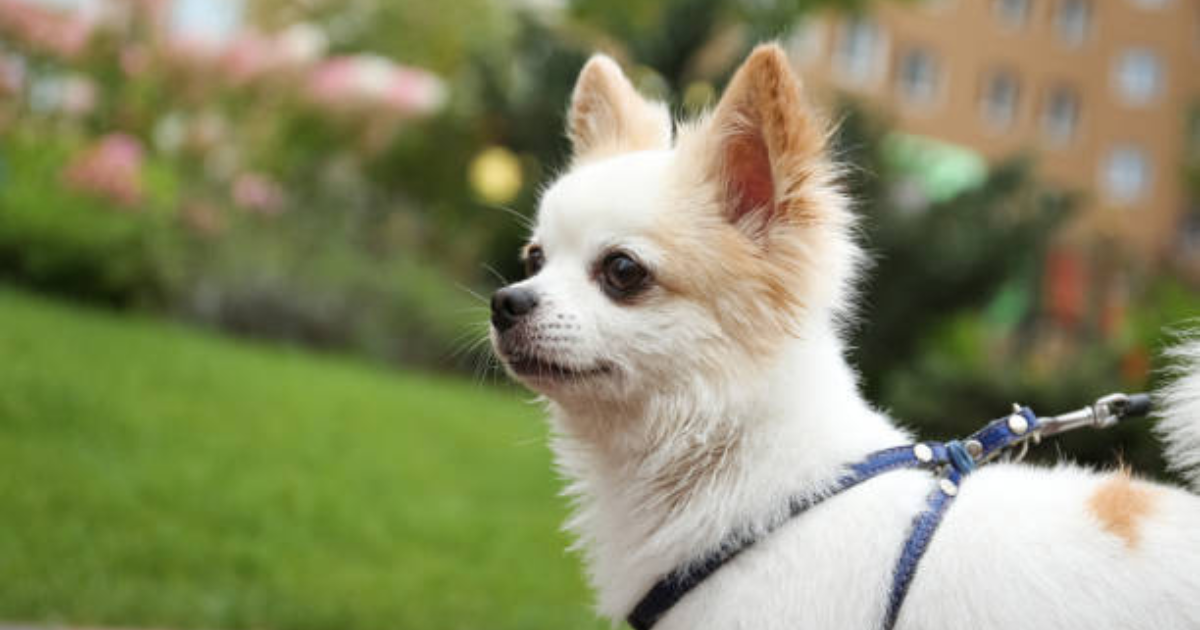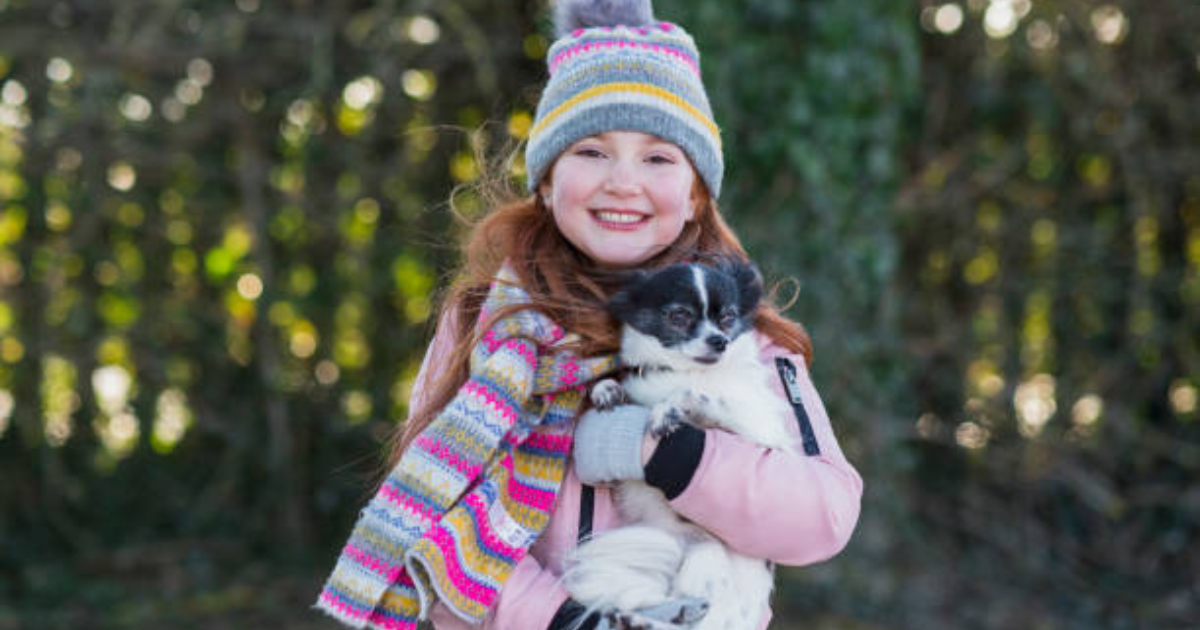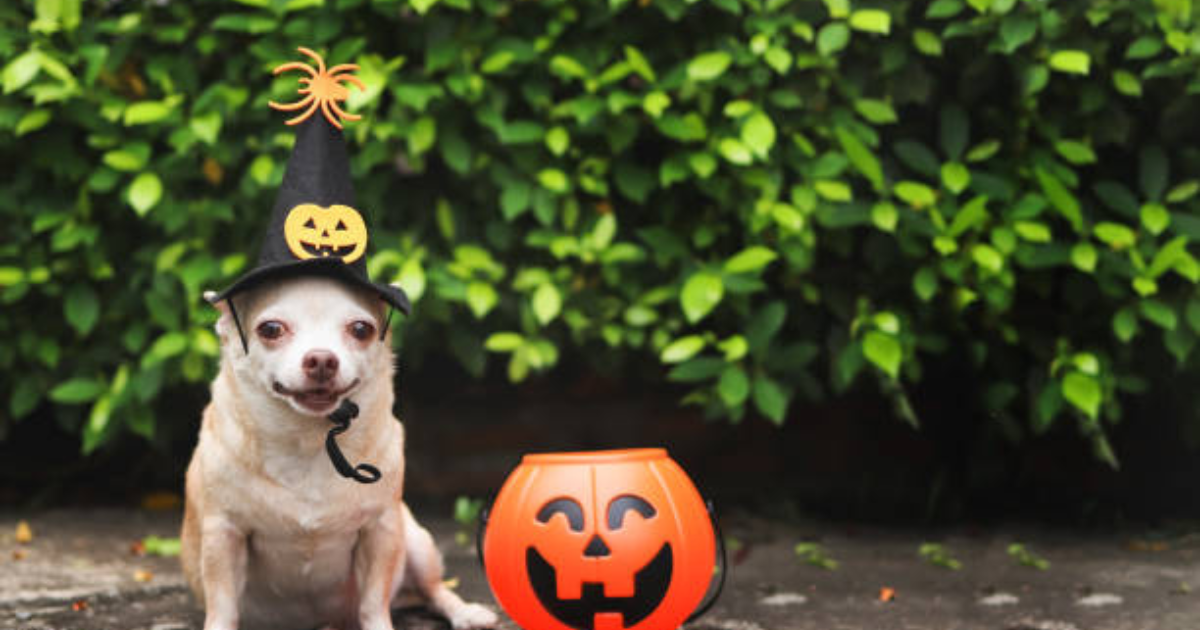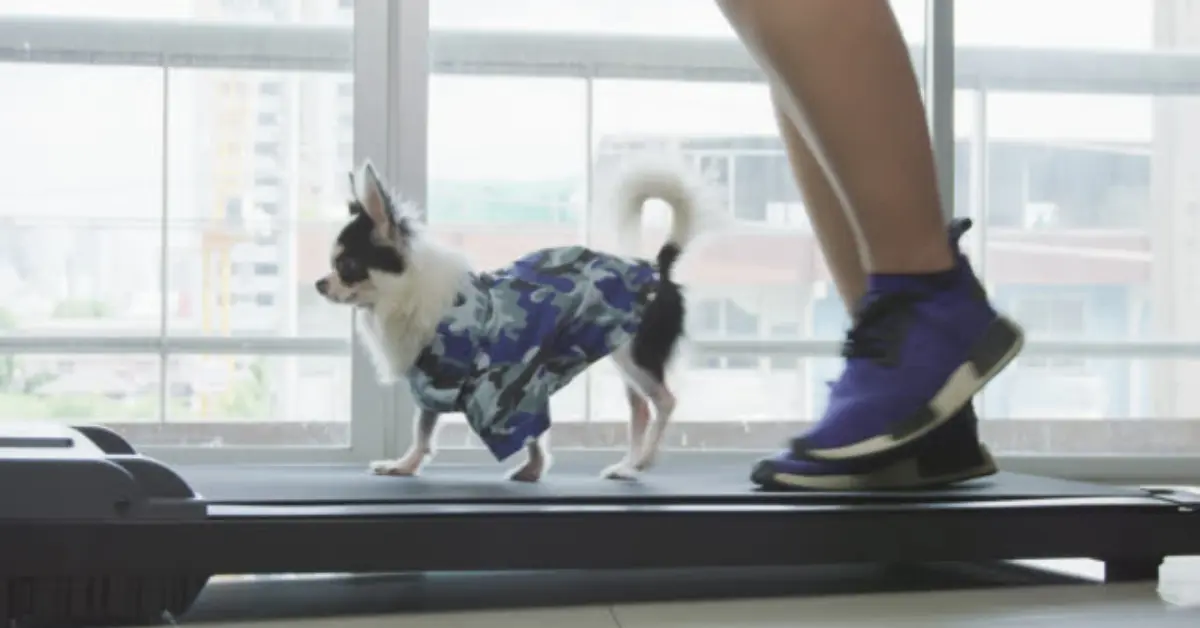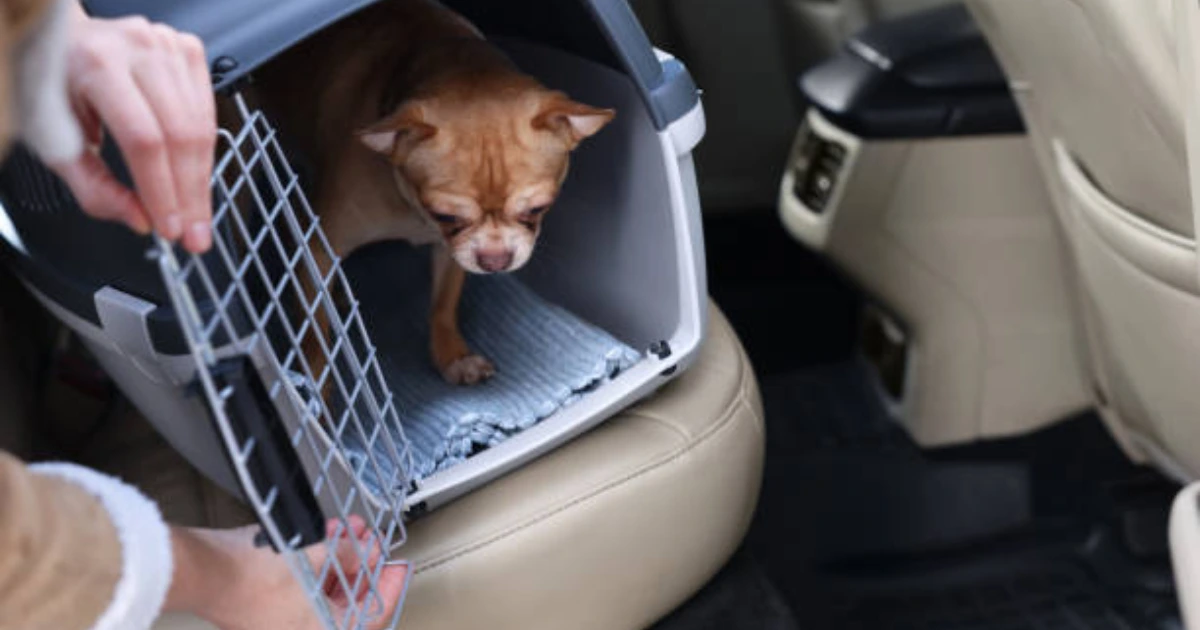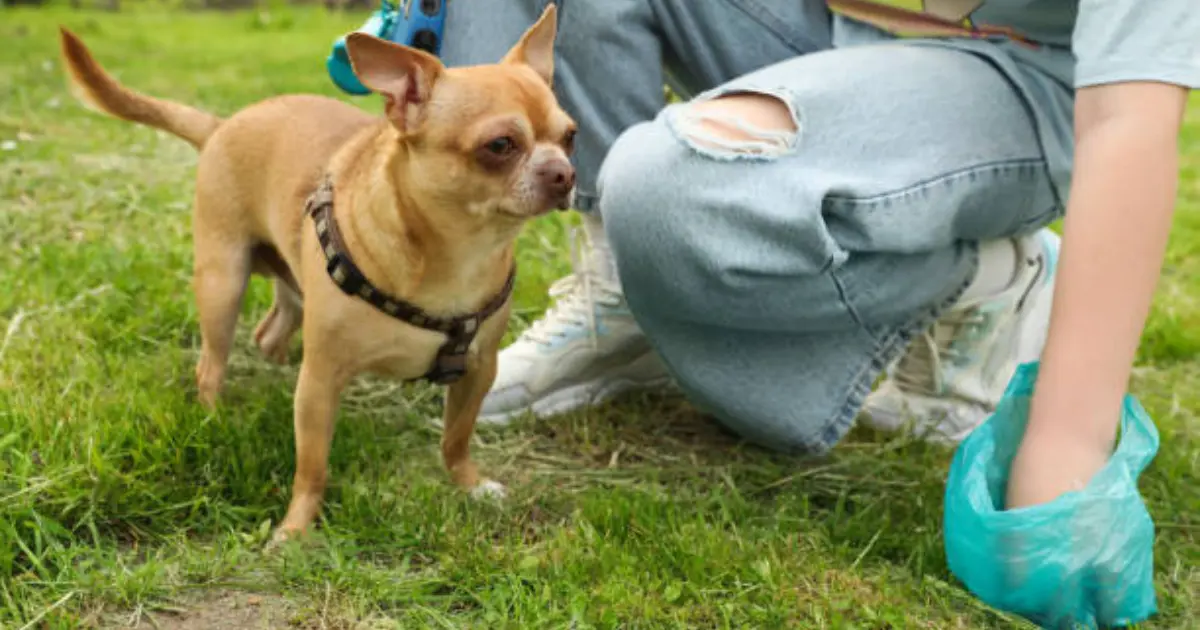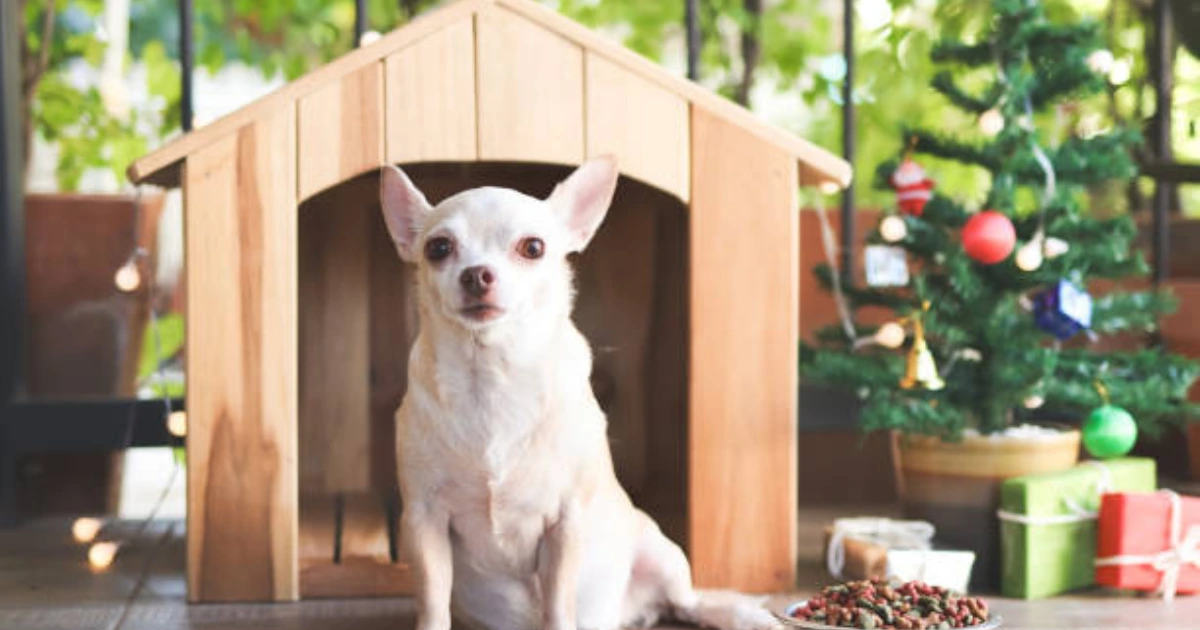A chihuahua that ignores your commands can be rather annoying, particularly if it’s done improperly or fleeing. Most pets want to please their owners and follow instructions, but occasionally a bad apple may happen. The majority of the time, there is a good explanation for why a chihuahua won’t listen. especially if it fulfilled your previous request and is now acting differently.
Come along as we discuss the various reasons your pet might not be listening and offer some solutions to help with the behavior.
My Chihuahua Doesn’t Listen to Me, What’s Wrong?
The following are some possible explanations for your Chihuahua’s lack of attention:
Advertisement
1. Your Chihuahua Can’t Hear You
Many dog breeds may have deafness in their latter years, however, the condition can strike at any stage of life. If your Chihuahua is sleeping through loud noises and stops moving its head in response to your calls, it might be time to have a medical practitioner evaluate its hearing.
2. Your Chihuahua Is Bothered by Something
Frequently, when your chihuahua is unresponsive, it’s because it’s preoccupied with something else. Naturally, it might just be a desire for your food, but if there is a problem, resolving it will enhance your pet’s quality of life and help them to obey again.
3. The Breed
Dogs that are notoriously hard to train include the Boston Terrier, Dachshund, and Chihuahua, among many other resistant breeds. And of course, chihuahua belongs to one of these breeds, its innate stubbornness is most likely the issue rather than you.
4. You Are Sending Mixed Signals
“Stay.” “or Stay in this place.” “Stay put.” For a chihuahua, each of these commands may have a distinct meaning. Since dogs are basic animals, they want straightforward, clear instructions. Your chihuahua dog may find it difficult to comprehend you if you use inconsistent terms and phrases when speaking to them. Saying “stay” sounds different from saying “don’t move” or “stay here.” Since dogs cannot form word associations as humans can, pick a single term for each command and use it consistently.
5. Too Much Energy
Imagine handing a five-year-old an entire pack of Skittles and then asking him or her to sit through a farm animal lesson in silence. It isn’t going to happen; instead, they will be acting more like animals and learning about them in a matter of minutes.
With dogs, it’s the same story. Dogs are full of enthusiasm when they wake up in the morning. Puppies naturally have more energy than adult dogs do. They become mad, and so do you, if they are unable to release the pent-up energy.
Try letting your chihuahua run, walking or hiking with them, or repeatedly fetching a ball if you are having trouble training an uncooperative dog.
6. Your Rules Keep Changing
Consistency is key when teaching your chihuahua to listen.
Humans can comprehend exceptions, subtleties, and complexity. The word “sit,” for instance, might imply both “sit here and stay here without a snack” and “touch my butt to the ground so I can get a snack.” A chihuahua doesn’t perceive distinctions or subtleties.
Your dog will become confused if you permit exceptions, such as letting them briefly touch their butt to the ground to satisfy you and receive a treat. They may simply touch their butt to the ground and search for food the next time you ask them to sit and remain seated.
You know what you mean when you say “sit,” therefore it annoys you that your chihuahua doesn’t understand. They are also disappointed since they were rewarded for the same action previously, but now they are facing consequences. Clarify the meaning of the command and adhere to it consistently.
7. Because Of Your Bad Vibes
Some owners of Chihuahuas are unaware of the positive energy they are contributing to the situation. Despite their simplicity, dogs have keen senses. If your Chihuahua senses that you are not patient, calm, or angry and you are attempting to get them to listen, they will not listen to you. When negative energy is present, it may be both contagious and distracting, which means that your chihuahua will try to listen to you while absorbing your tension. In this case, it’s advisable to take a big breath, collect yourself, and give yourself some time before attempting to engage with your dog.
How to Get Your Chihuahua To Listen To You
After discussing a few possible explanations for Why a chihuahua won’t listen, let’s talk about some helpful advice for training a chihuahua to listen.
1. Stay Positive
Positivity is just as crucial as the previous piece of advice. Dogs respond favorably to happiness, therefore it’s critical to show them an appreciation for their accomplishments and never exhibit anger when they make a mistake. They will want to attempt more if you are pleased when they succeed.
2. Be Patient
When attempting to get a chihuahua to listen to you, the first thing you’ll need is a lot of patience. Your dog won’t want to engage in your training sessions if it detects that you’re unhappy or that you don’t want to be there. You must practice patience day in and day out until your pet responds to you or remembers the order, as some dogs require thousands of attempts to learn.
3. Watch Your Tone
Maintaining a steady tone of voice is crucial when training your chihuahua to obey your directions. Never frantically yell or shout commands at a dog; this could confuse and divert their attention from what you are attempting to teach. Your pet can interpret your stressed voice as a cry for assistance and disregard your instructions.
4. Be Consistent
Your chihuahua is highly schedule-oriented and has an excellent internal clock. Dogs dislike change and become mired in a habit. Until the dog gets used to the new pattern, a change in family routine—such as a new member coming in—can frequently result in health issues or behavioral changes in dogs.
Scheduling your training sessions at the same time every day is essential to their success if you want them to run more smoothly. Your dog will become confused and lose interest in the training if you miss days or adjust the time, especially if it falls around a period when they would ordinarily be enjoying themselves elsewhere.
5. Encourage Your Chihuahua To Burn Off Excess Energy
Dogs that are too enthusiastic to sit still long enough to obey your directions might be challenging and uncooperative. Running or doing other forms of exercise is a terrific approach to help this kind of dog get rid of their extra energy. Your chihuahua is far more likely to obey your orders once it is exhausted.
6. Control Your Body Language
When you are training your chihuahua, you need also to be aware of your body language. It’s simple to forget that most words you use are incomprehensible to dogs. Your pet may occasionally deduce what you are asking of them by reading your body language. When providing commands, always be mindful of your body language to ensure that you are not giving your dog any confusing messages that could confuse.
7. Pay Attention To Your Chihuahua’s Moods
Before your dog is ready to start obeying commands again, you might need to allow it some time to adjust to the new routine or family pet if it is exhibiting anxiety due to these changes. To lift your pet’s spirits, consider giving them more goodies or going on more walks with them. It can also be easier if you give them lots of attention.
8. Evaluate What You Expect
Occasionally, it’s crucial to stand back and make sure we aren’t asking too much of our chihuahuas. If your pet believes it cannot meet your unrealistic expectations, it may become quite anxious and want to avoid you or retreat. Until your dog is comfortable with the training regimen, it is always preferable to start with basic commands.
9. Change Your Environment
To resume training sessions and help your chihuahua feel less anxious, you can try removing your dog from the surroundings for a short period if they are experiencing stress due to environmental factors, such as the introduction of a new pet. Try taking your chihuahua to a nearby park or walking route to get them away from the surroundings.
10. Try Offering Treats And Toys As Bribes
If none of the previously tried techniques have worked, you may attempt to use food as a means of getting your chihuahua to obey. The best bribe is usually treated, although your pet’s favorite unique toy may work too. But be cautious when using bribes; your dog may grow accustomed to them and become even more difficult to train.
11. Try Puppy Classes
Taking your dog to puppy lessons is the last trick for teaching a chihuahua to listen. These classes are crucial if you are training your dog to be a therapy or emotional support dog. You may get your chihuahua on the fast track to better behavior by enrolling in puppy lessons. After they have had an opportunity to work with your dog, the trainers in these facilities are frequently eager to share tips and tricks that are special to it, and this can usually result in the best outcomes in the least period.
Last Word
Puppy classes should swiftly address the issue if your dog is very problematic and you have the funds to pay for them. Additionally, you’ll pick up some insightful knowledge that you can apply to all of your next creatures. You will have to rely on the remaining tips in this list if puppy classes aren’t an option in your area. The most crucial three are being patient, maintaining a good attitude, and being consistent.
When a chihuahua won’t listen, we advise dedicating 5 to 15 minutes each day to training. Make sure you can dedicate yourself to showing up at the same time every day and maintaining a happy attitude for the entire session. If you don’t notice an immediate improvement in your dog, don’t give up. Keep trying, and your dog will eventually warm up. Once your chihuahua obeys commands throughout training, they won’t question them from then on.
YOU MAY ALSO LIKE:
When a chihuahua is Clingy- Why And How To Fix This issue
Advertisement

